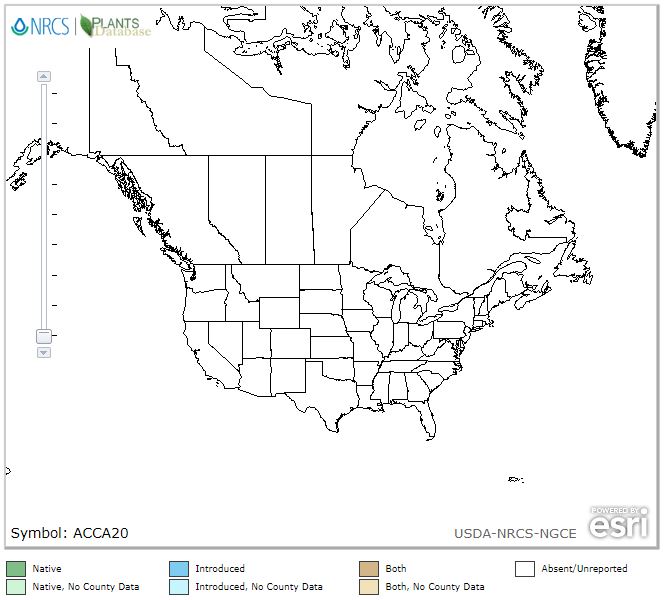Sweet Wormwood, Qīng Hāo, 青蒿, Herba Artemisiae Annuae
Disclaimer For educational purposes only. Do not use as medical advice
Space Space
Space USA: Artemisia apiacea Hance USDA Zones: Native: Habitats: Herbal medicine may interact negatively with pharma drugs and other herbs. Examples below: Herbs: Pharma Drugs:
Health Benefits
For: Malaria • Chronic bronchitis • Heat stroke • Eye disorders • Jaundice • Alternating chills and fevers
Attributes: Antimalarial • Antipyretic • Cholagogic • Hypotensive • Antibiotic
Products (online examples)
Space
Space
/..Research (sample)
Articles:
Constituents:
Artemisinin • Camphor • Essential oils • Arteannuin • Camphene
Photos (Click to enlarge)
Fun Facts
Other Names: Variety: Artemisia annua L. (Huang Hua Hao)
Plant Family:
Pharmacopeias: Shen Nong Ben Cao Jing
Species
Growth
TBD
TBD
Artemisia apiacea Hance is not in the USDA Plant Database. Drill down via USDA Interactive Map:
Category: Clear Heat Deficiency
English: Sweet Wormwood Pinyin: Qing Hao Pharmaceutical: Herba Artemisiae Annuae
Organs: Gallbladder • Liver • Stomach Temperature: Cold
Taste: Bitter • Pungent Toxicity:
Patterns: Malaria • Summer heat • Damp heat • Malaria • Yin deficiency heat • Blood heat • Liver heat
Actions: Treats malaria • Clear summer heat • Brighten eyes • Clear high fever
Indications: Alternating fevers and chills • Steaming bone with no perspiration • Tidal fever • Persistent low grade fever • Warm at night and chill in the morning • Liver yang rising red eyes • Damp heat jaundice
Contraindications: Deficiency of Spleen and Stomach cold
Typical Dosage: 3g to 10g; cook only for less than 5 minutes; often used as juice squeezed from fresh herbs to maintain the active constituents Guidelines
Parts Used: Leaves Notable for: Malaria
Other:
Combine With
Purpose
Formulas with Qing Hao
Hao Qin Qing Dan Tang
Alert
Be cautions with all medicine.
Potential Drug Interactions
Information in this post came from many sources, including class notes, practitioners, websites, webinars, books, magazines, and editor's personal experience. While the original source often came from historical Chinese texts, variations may result from the numerous English translations. Always consult a doctor prior to using these drugs. The information here is strictly for educational purposes.



0 Comments